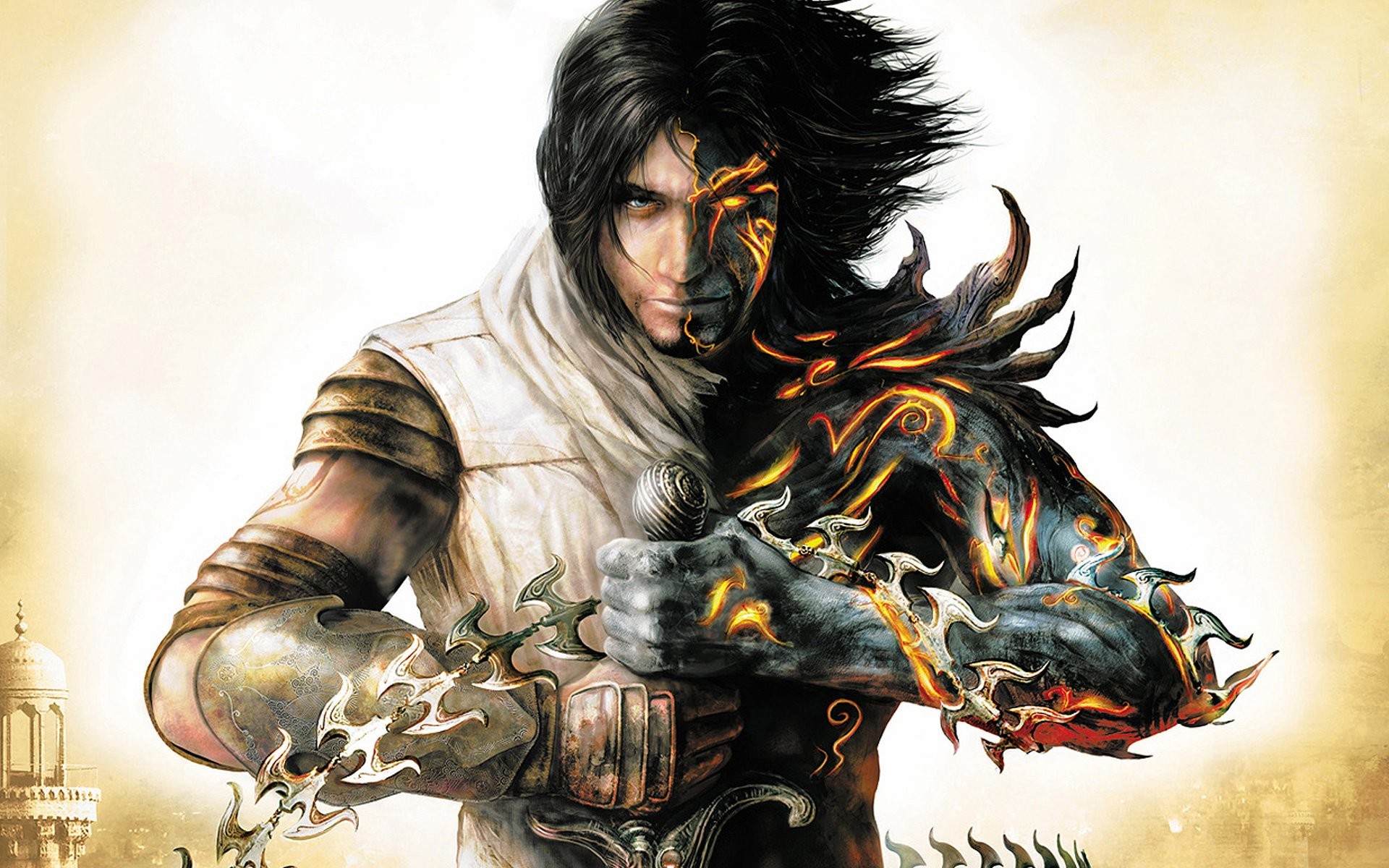

This is the reason those games came on so many CDs - they were chock-full of content. AFAIK Diablo, Baldur's Gate, Divine Divinity, and other such RPG games did the same. Practically every 2D RTS game since around Age of Empires 1 did that. That produced fluid motion, but looked 'flat'.īetween the mid-90s and the early-00s, character/item sprite-drawing was done by taking stills of 3D objects. Some games, like Prince of Persia and Mortal Combat, used sprites from animated actors. Some examples of gorgeous hand-drawn sprite games are the Sierra and Lucas Arts adventure games, Disney's jump&runs, Capcom's fighter games, the Tyrian/Raptor-style top-down scrollers, and the early RTS games (C&C, WC1). This works well for flat 2D games (side-scrollers, cartoon adventure games, Z-axis top-down, and such), particularly if they are in the 320x200 resolution. In the old days, sprites were hand-drawn pixel by pixel. I've been thinking about this problem recently.


 0 kommentar(er)
0 kommentar(er)
